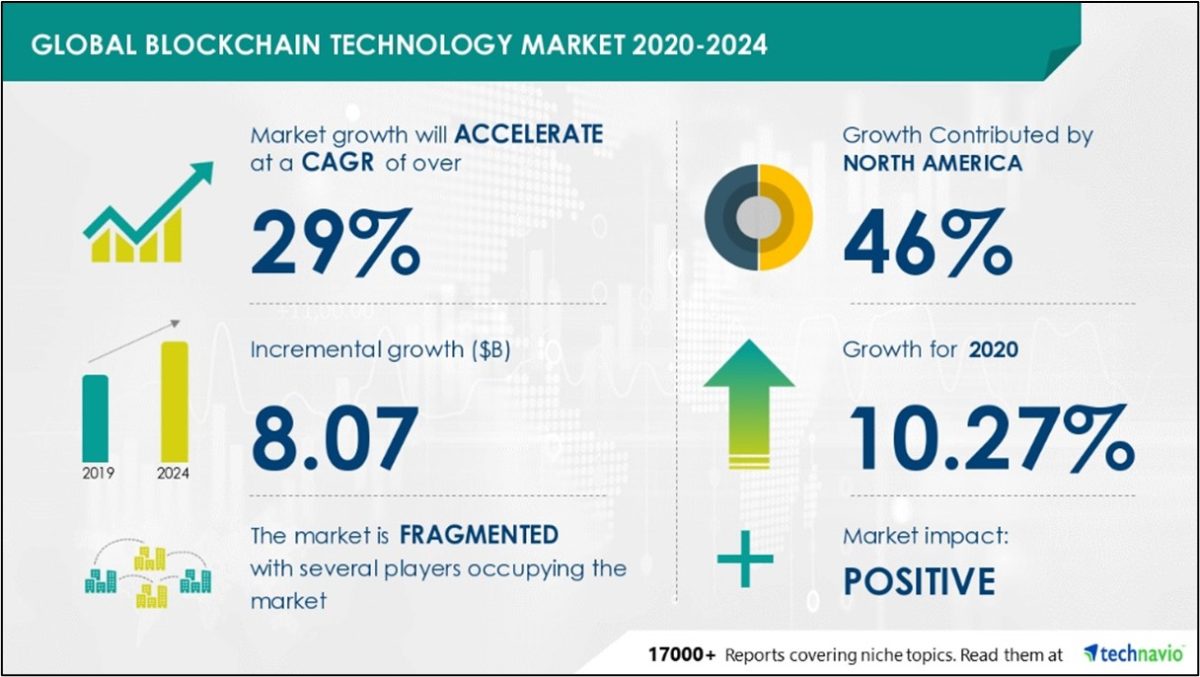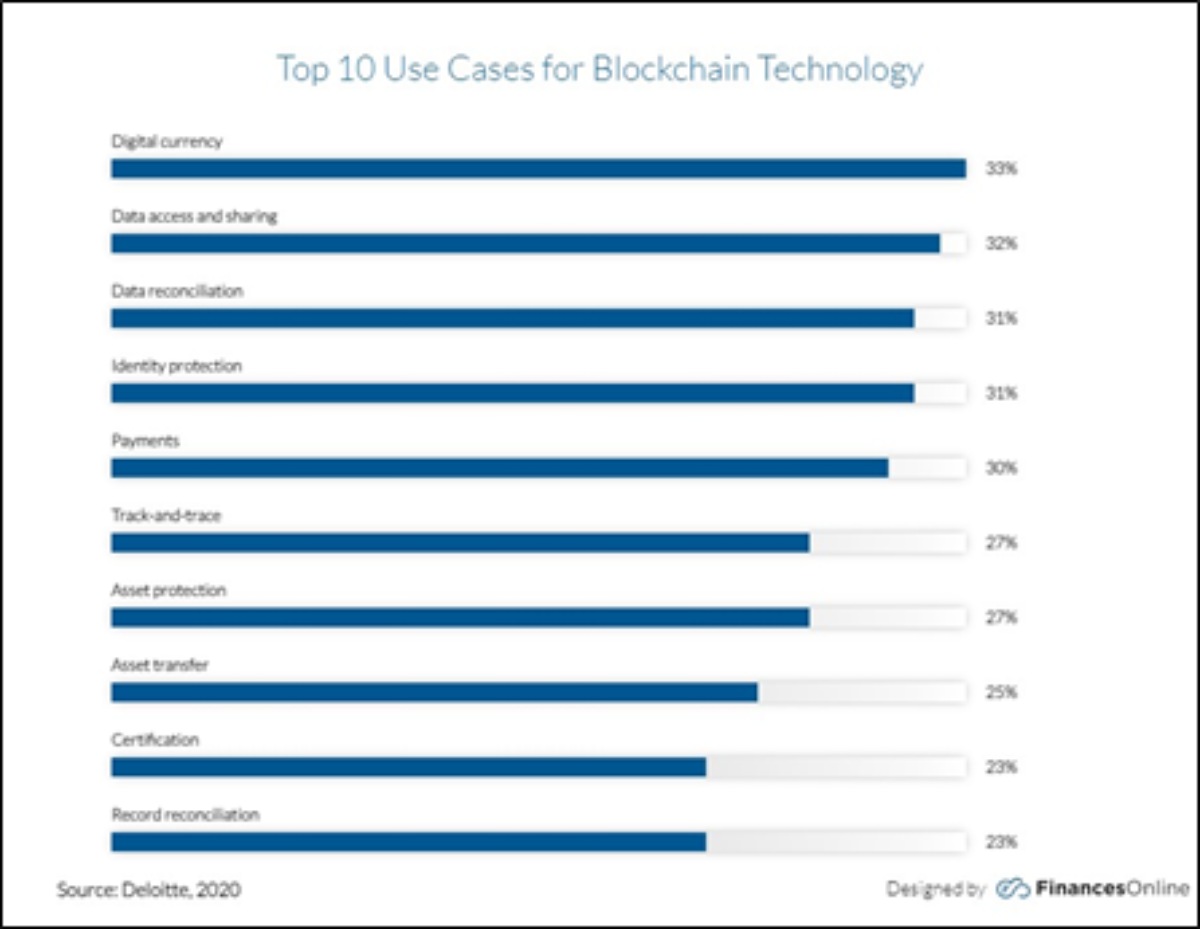Table of Contents
ToggleIntroduction
Did you know that the history of Blockchain revolution technology takes us back to 1991? It all started when research scientists Stuart Haber and W. Scott Stornetta wanted to introduce a digital solution to time-stamp digital documents and prevent tampering. They developed a system using a cryptographically secured chain of blocks to preserve time-stamped records.
In today’s ever-evolving digital landscape, Blockchain revolution technology has emerged as a revolutionary force that promises to reshape industries and redefine trust in the digital realm. In this article, let’s delve into how blockchain technology evolved from a concept to a reality, pioneering various applications and technologies. It’s a historic and exciting journey! Shall we begin?
What is Blockchain Technology?
Imagine a magical book that everyone in the world has a copy of and they can all write in it simultaneously. However, here’s the catch: once something is written in the book, it cannot be erased or changed. It remains there forever! Now, what if we use this magical book to keep track of all sorts of things, such as money transactions or digital assets? Well, that’s essentially what a blockchain is!
A blockchain is a digital, decentralized, transparent and immutable ledger that anyone can access and add information to but no one can tamper with what has already been written. It enables secure storage and transmission of data and transactions.
The blockchain Development company is currently being used for various applications, including supply chain management, documentation, payment services and digital identity. The reports and real-life use cases of blockchain are a testament to its evolving nature. According to Technavio reports, the blockchain technology market is expected to grow by $8.07 billion by 2025.

Before diving into the current blockchain market and applications, let’s look at the history of blockchain technology and how this revolutionary technology emerged over the years.
The History of Blockchain Technology
After Stuart Haber and W. Scott Stornetta developed their concept in 1991, Merkle Trees formed a legal organization to work on adding new features. They used a secured chain of blocks to store multiple data records. However, the concept became less relevant as patents became mainstream in 2004.
1. The Birth of Bitcoin:
Fast forward to 2008 when Satoshi Nakamoto introduced the concept of “Distributed Blockchain” in his whitepaper titled “Bitcoin: A Peer-to-Peer Electronic Cash System.” This whitepaper eventually became the foundation of cryptography.
2. Blockchain Beyond Bitcoin:
The concept of blockchain technology started gaining recognition beyond Bitcoin in 2011. Other cryptocurrencies like Litecoin, Namecoin and Ripple were introduced, each utilizing blockchain technology for various purposes.
3. The Rise of Enterprise Blockchain:
In 2015, financial institutions and technology companies began exploring the potential of blockchain beyond cryptocurrencies. R3, a consortium of financial institutions, was founded to explore and develop blockchain solutions for the financial industry.
4. blockchain in the Mainstream:
Blockchain technology quickly gained widespread attention, resulting in a major price surge for cryptocurrencies in 2017. Initial Coin Offerings (ICOs) increased significantly, attracting investors and entrepreneurs looking to fund new projects through cryptocurrency-based crowdfunding.
5. Integration of Blockchain:
Major companies and organizations, including IBM, Microsoft and JP Morgan, showed interest in blockchain technology in 2019 and started investing in blockchain research and development. Amazon Web Services (AWS) even announced an Amazon-managed blockchain that could deliver cloud-based solutions – Blockchain-as-a-Solution (BaaS).
6. Central Bank Digital Currencies:
In 2020, several central banks worldwide, including China, the United States and Sweden, began exploring the potential of Central Bank Digital Currencies (CBDCs) based on blockchain or distributed ledger technology. CBDCs are digital representations of national currencies issued and regulated by central banks.
7. Present:
Blockchain technology continues to grow and find new applications in various sectors. Non-Fungible Tokens (NFTs), which use blockchain to establish unique ownership of digital assets, have gained significant attention. Additionally, decentralized finance (DeFi) platforms, leveraging blockchain for financial services, have gained traction. However, the environmental impact of blockchain, particularly its energy consumption, has become a topic of concern.
We have come a long way from the mere concept of blockchain to integrating it with different technologies. Now, let’s explore the real-life applications of blockchain technology in today’s world.
What Are the Applications of Blockchain Technology?
Blockchain technology has a wide range of applications across various industries. Here are some notable examples:
1. Healthcare:
Blockchain can improve the interoperability, security and privacy of healthcare data. It allows secure sharing and access to electronic health records, tracks the provenance of drugs and medical devices and enables patient consent management and clinical research.
2. Voting Systems:
Blockchain technology can enhance transparency, security and integrity in voting systems. It provides an immutable record of votes, eliminates the possibility of tampering and enables real-time verification, ensuring the integrity of the democratic process.

3. Digital Property Protection:
Returning to the original concept, blockchain can establish proof of ownership and time-stamp intellectual property rights. It offers a tamper-proof and transparent system for recording copyrights, patents and trademarks, preventing unauthorized use and infringement.
4. Internet of Things:
According to statistics, the IoT Blockchain market is expected to register an annual growth rate of 40% from 2021 to 2026. Blockchain and IoT can enable secure and decentralized communication and data sharing among IoT environments. As IoT requires utmost security and reliability, Blockchain revolution technology securely exchanges information in a highly dispersed system.
5. Cryptocurrencies:
Of course, the most well-known application of blockchain is the creation and use of cryptocurrencies like Bitcoin, Ethereum and many others. Blockchain provides a decentralized and secure system for recording transactions and verifying the ownership of digital assets.
To Sum Up!
Overall, blockchain technology has emerged as a revolutionary force with vast present and future scope. While Blockchain revolution is transforming various industries, its potential extends beyond just cryptocurrencies. It can be leveraged to enhance efficiency and trust in multiple sectors.
As blockchain continues to evolve, businesses have adopted Blockchain Analysis Software to ensure compliance and scale up their operations while addressing current limitations. Blockchain technology is here to stay, constantly evolving, integrating with various technologies, solving challenges and bringing revolutions.
Related posts
Hot Topics
Term insurance: why it’s a must-have for young professionals
Beginning a new career is a significant milestone not only in terms of finances but also in terms of responsibilities….
Why Healthcare workers Need Stronger Protections
In recent years, our healthcare system has faced unprecedented challenges, with one disturbing trend standing out: the alarming rise in…



